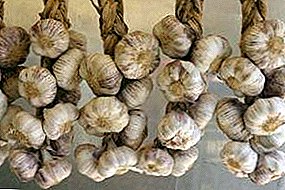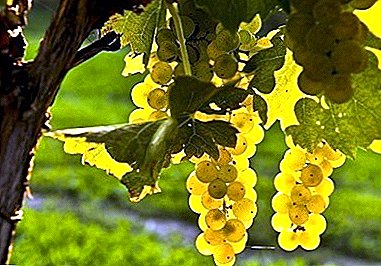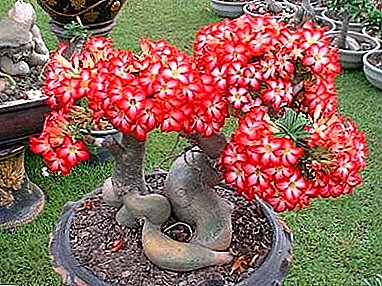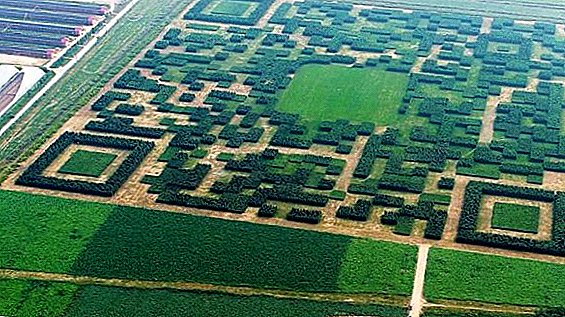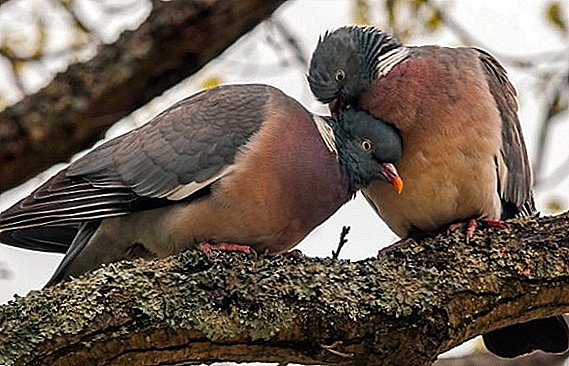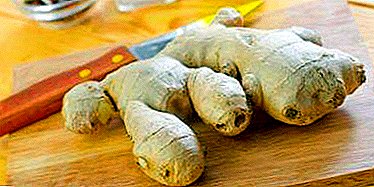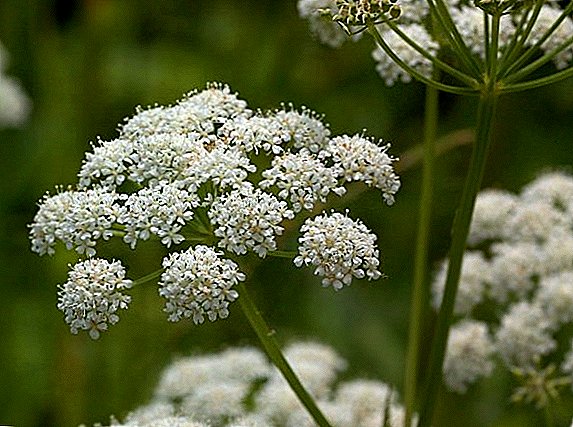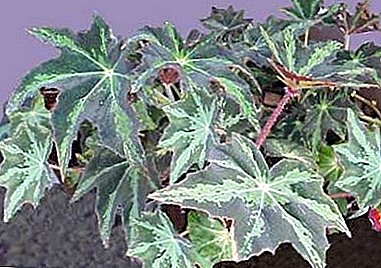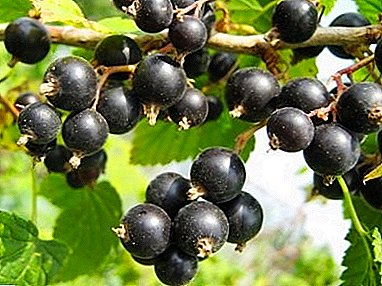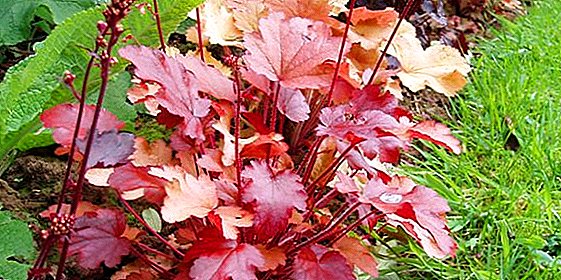 Today, landscape design is at the peak of popularity. Every self-respecting owner of a private house wants to see beautiful and original flower beds in the yard. One of the most popular plants is geykher, which, thanks to the efforts of breeders, has received an exotic bright color and successfully grows in our flowerbeds. Consider how acquiring just one bush geyhery, you can, without attracting money and with the help of simple manipulations to carry out the reproduction of plants on your site.
Today, landscape design is at the peak of popularity. Every self-respecting owner of a private house wants to see beautiful and original flower beds in the yard. One of the most popular plants is geykher, which, thanks to the efforts of breeders, has received an exotic bright color and successfully grows in our flowerbeds. Consider how acquiring just one bush geyhery, you can, without attracting money and with the help of simple manipulations to carry out the reproduction of plants on your site.
Did you know? This plant was first mentioned in the 18th century. German botanist Geicher described this flower in the mountains of North America. Locals call this plant "purple bell".
The most popular method (growing from seed)
The simplest and easiest way of reproduction geyhera is sowing seeds. Such manipulations will allow to get young bushes with a beautiful appearance, however, this may lose varietal features. Seeds can be purchased or procured independently.  Planted them in a previously prepared soil, which is then moistened. Put in a shaded place and wait for the appearance of leaves.
Planted them in a previously prepared soil, which is then moistened. Put in a shaded place and wait for the appearance of leaves.
After that, each dive into separate containers and leave until the root system grows up. However, at home the plant can be propagated using other methods.
Important! Geyher seeds are very small, so they are recommended to be mixed with sand before planting. This will allow you to get more uniform and friendly shoots. Sow seeds need to wet soil.
Geykhery grafting
Geyhery often propagated by cutting. With this method, you can get a lot of new plants, which in the next season will delight with its beauty. 
Optimal timing
The most suitable time for cutting will be from May to June, until the moment when the plant begins to bloom.
Procurement process
From the main bush cut off outlet without roots. Before planting in the soil, the cuttings of the cuttings are treated with any preparation that will help stimulate the formation of roots, for example, Kornevin, Kornerost or Roots. It is planted in a mini-greenhouse under a jar in the ground with the addition of peat and sand.
Rooting
With proper care, the roots will appear later. 3-4 weeks after landing. This will indicate the appearance of young leaves. After the plant is left for another 2 months, and then geyhery can be planted in a permanent place. If during this time strong roots did not appear, the plant is left to winter in the same place.
Planting cutting in the substrate
Ready cuttings are planted in a greenhouse or other wet place located in the shade, so that part of the outlet is located above ground level. Otherwise, the flower will develop slowly or even die.
Did you know? In nature, there are about 30 species of geyher, while only 5 were introduced into garden culture. Most of them are complex hybrids.
Care rules
Very important is the care of the plant. It includes pruning leaves to minimize moisture evaporation, watering with special means that will help root the flower. Also important is the shading of the plant. 
Geyhera division: how to propagate a flower in the garden
After 3 years rosette plants can "fall apart", exposing the core. This is the ideal age for breeding by geyher by dividing the main bush.
Such manipulations will help rejuvenate the flower. It is better to do this in early May or in August. Geyheru is dug out of the ground, the roots are thoroughly cleaned, and with the help of the sharpest knife they divide the bush into several parts. It is important that each had at least 2 outlets.  Long roots are shortened, and those on which there are signs of rot, clean. All sections are treated for disinfection with charcoal or cinnamon.
Long roots are shortened, and those on which there are signs of rot, clean. All sections are treated for disinfection with charcoal or cinnamon.
Before planting, new plants reduce the number of leaves, and then carry out the same actions as when cutting. New geyher planted in pits of size 25x25 cm at a distance of 15 cm from each other. The final stage is watering the plants.
Yucca garden, miscanthus, rogersia, host, multi-row is well suited to decorate your plot.On average, rooting takes 30 days. Such breeding allows you to get several new geyher, which fully preserve the maternal characteristics.
Important! Gradually growing, rhizomes raise geyher above the ground, forming a handful. If you do nothing and leave everything in this form for the winter, the plant will dry out, which will lead to a poor growth of leaves and lack of flowering. To avoid this, it is important to pour the ground in the fall before the cold weather begins.As you can see, the cultivation and reproduction of geyher should not cause any problems. Observing simple rules and recommendations, you can easily decorate your garden with beautiful flowers.


